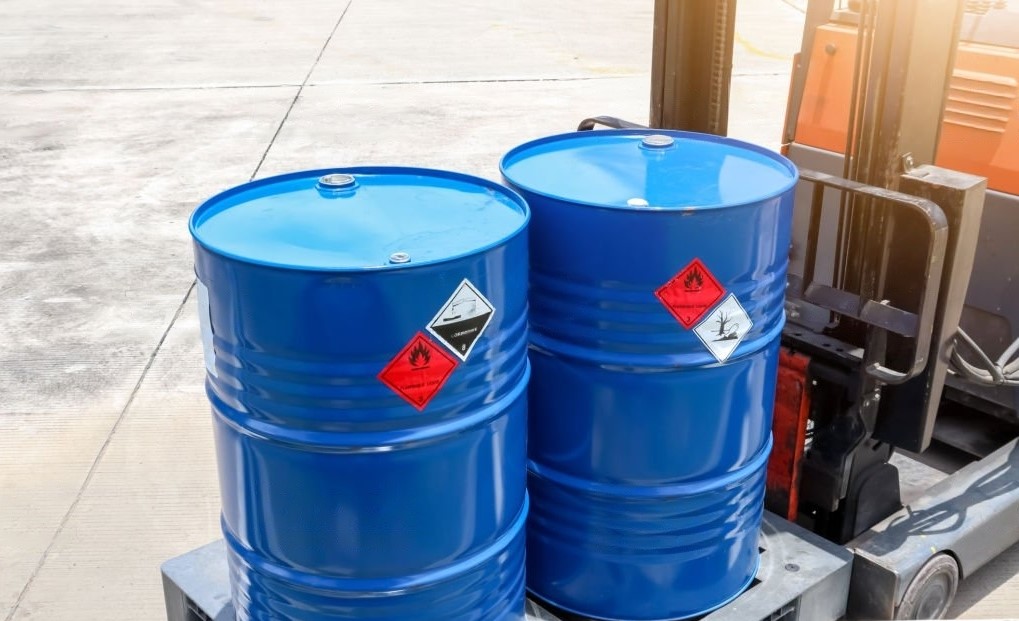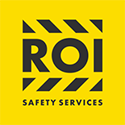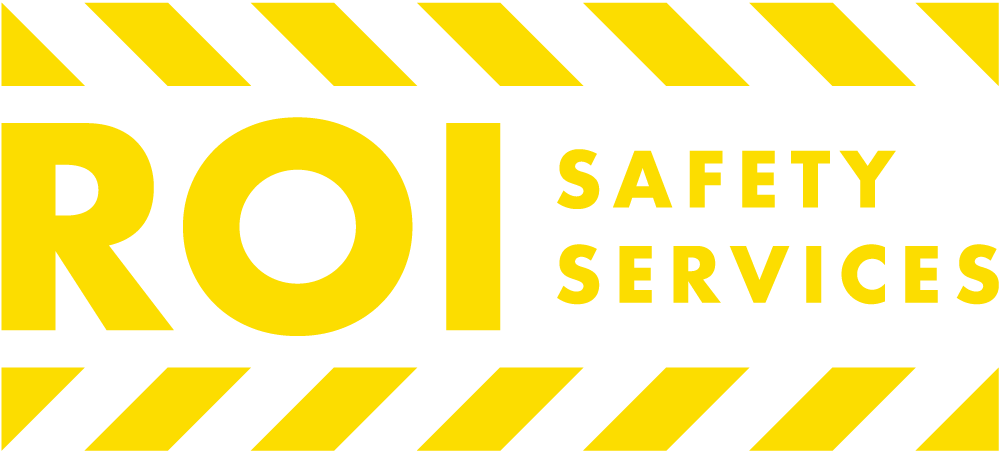
An MSDS is a critical tool for understanding the potential hazards of a material or chemical product in the United States. Essentially, the document provides indispensable insights into the properties of the substance, safe handling, and the proper steps to take in an emergency.
Typically prepared by the manufacturer or supplier, the MSDS is an essential starting point for developing a material’s complete health and safety program. The information is often general, covering all reasonably anticipated uses of the product.
Although the specific sections and content of MSDSs may vary between suppliers, they typically align with the 16 sections that form the ANSI Standard for MSDS preparation, making it easier for employees to understand and interpret the details provided.
What Products Require an SDS?
Material safety data sheets are crucial for any product that falls into the hazardous chemical category. The Hazard Communication Standard (HCS) terms a hazardous chemical as any substance that poses a physical or health risk if inhaled, ingested, or otherwise exposed to the body. Examples of these products include the following:
Industrial Products
Most items that aid the manufacturing or production of other goods also need MSDS, from adhesives and coatings to lubricants and fuels. Most industrial product categories contain hazardous materials. However, MSDSs for industrial products can limit the effects by providing information on safe handling, storage, disposal, and emergency procedures.
Chemicals
In essence, chemicals are distinct substances comprising one or more elements with a specific chemical composition. They have various applications, from manufacturing and agriculture to medicine and research. However, these substances can be hazardous if not handled properly, so it’s important to understand their attributes and potential risks.
Examples of chemicals that require an SDS include cleaning products, solvents, acids, and pesticides.
Consumer Products
A wide range of items available to the general public for personal or household use also come with an MSDS. Examples may include household cleaners, electronics, and batteries, among others. These items typically contain harmful substances, but MSDSs can provide all the information users need for effective and safe utilization.
Hazardous Waste
This term refers to any material potentially dangerous or harmful to human health or our surroundings. Common examples include medical waste, flammable waste, and chemical waste. Hazardous waste MSDSs typically provide accurate details on the waste composition, its potential risks, and proper handling and discarding procedures.
Controlled Substances
Controlled substances are drugs or medications regulated by law due to their potential for abuse or addiction. Common examples include prescription medications, narcotics, and other drugs. SDSs for controlled substances can provide valuable insights into how you can properly handle and store these drugs.
Generally, it’s up to the chemical manufacturer to determine whether a product is hazardous, as required by 29 CFR 1910.1200(d).
What Must Your Data Sheets Contain? — The 16 Safety Data Sheet Requirements
A well-drafted safety data sheet must contain 16 key items, with the most critical sections being 1, 2, 3, 4, 7, 8, and 15. These include the following:
- Identification
The first part provides basic information about the product, including its name, manufacturer, proper use, and usage restrictions. It also includes essential manufacturer or distributor contact information, such as their address and phone number.
- Hazard(s) Identification
Next, the document will outline all the hazards in the chemical and the necessary label elements. These details help users understand how to handle and use the product safely.
- Ingredients Data
The third key element of the safety data sheet provides detailed information about the product’s chemical ingredients. It may also include trade secret claims that protect the manufacturer’s proprietary information.
- First-Aid Measures
Users must familiarize themselves with the symptoms and effects of exposure and the recommended treatment in case of emergency. This section covers all that to ensure the safety of those working with the product.
- Fire-Fighting Measures
Here, the MSDS talks about how to respond if you experience a fire emergency involving the chemical.
- Accidental Release Measures
This part of the MSDS outlines emergency procedures in case of a spill or other accidental compound release. Users also familiarize themselves with the necessary protective equipment and proper cleanup methods.
- Handling and Storage
Here, users learn how to handle and store the substance safely. In addition, the MSDS section includes precautions for safe handling and storage and vital details on incompatibilities.
- Exposure Controls and Personal Protection
This section outlines OSHA’s Permissible Exposure Limits (PELs) and other manufacturer-recommended contact limits. It also guides users on appropriate engineering controls and personal protective equipment.
- Physical and Chemical Properties
The MSDS also provides detailed information about the chemical’s characteristics, such as its appearance, odor, and melting or boiling points.
- Stability and Reactivity
This section outlines the chemical’s stability and the possibility of hazardous reactions. Understanding this information is critical for ensuring safe handling and storage.
- Toxicological Information
This section provides information about the chemical’s toxicity, including routes of exposure, related symptoms, and acute and chronic effects.
- Ecological Information
What’s the chemical’s impact on the environment? This section answers just that, detailing the chemical’s mobility in soil, the potential for bioaccumulation, and other adverse effects.
- Disposal Considerations
Here, users learn the proper methods for disposing of the chemical and the recommended waste treatment methods.
- Transport Information
The safety data sheet provides information on how to transport the chemical safely in this section. The info includes the UN number, transport hazard class(es), and special user precautions.
- Regulatory Information
This section familiarizes users with safety, health, and environmental regulations or legislation specific to the substance or mixture. It may also include details on chemical safety assessments.
- Other Information
In the last part, you’ll find other important details like the date of preparation or the previous revision. You’ll also find additional relevant information that may not fit the other categories.
Safety Data Sheets (SDSs) are an excellent resource for identifying potential hazards and learning about proper handling procedures of our products. Not all materials require an MSDS, but it’s better to err on the side of caution and request one if unsure.
By taking the time to educate ourselves and our employees, we can prevent accidents and promote a culture of safety. So don’t hesitate to sign up for our MSDS solutions.


Do packaging products such as PE Bags or Kraft Bags require an MSDS?
Thank you.
Look up “water” on https://chemicalsafety.com/sds-search/#:~:text=Chemical%20Safety's%20SDS%20and%20GHS,Search%20from%20Chemical%20Safety's%20website.